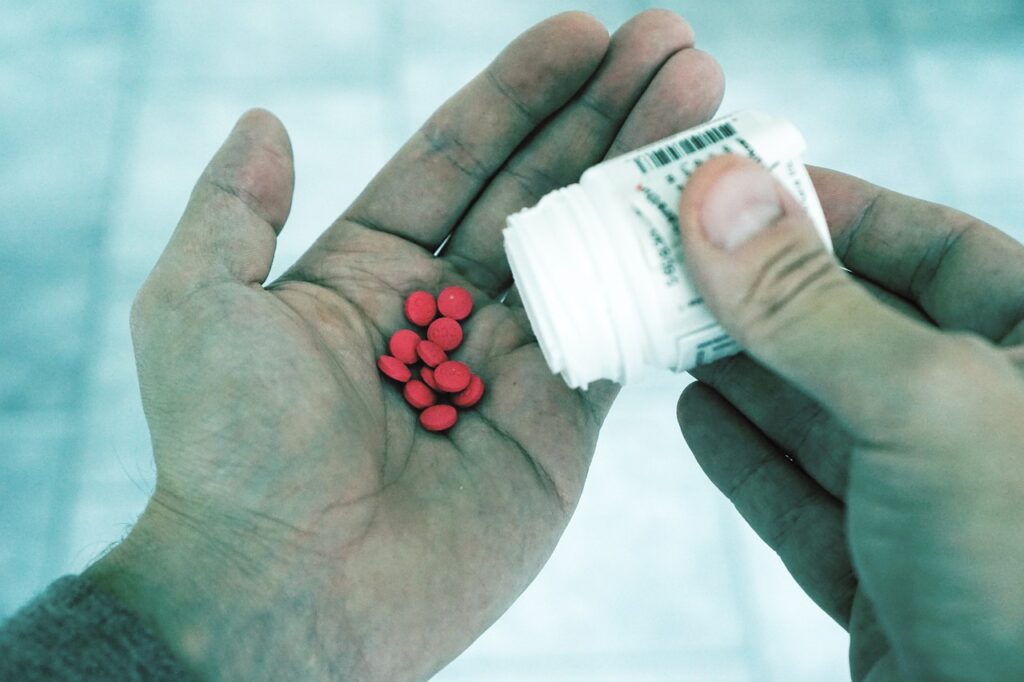In healthcare, medical abbreviations can be daunting, especially for medical students and healthcare professionals. Among these abbreviations, the “QD” medical abbreviation stands as a fundamental yet often misunderstood term. In this post, we will discuss the origin, meaning, and application in medical practice. Understanding these abbreviations is crucial for effective patient care and communication.
Understanding QD Origin and Meaning

The “QD” medical abbreviation has deep roots in medical terminology, dating back to Latin origins. QD stands for “quaque die,” which translates to “once a day” or “every day.” This term has long been a staple in prescriptions and medical records, facilitating concise instructions for medication administration. Recognizing the historical context behind the QD medical abbreviation reinforces its significance. However, its use requires precision, as any misunderstanding can lead to patient safety risks. Healthcare professionals must grasp the exact meaning of QD to ensure they convey the correct dosing schedule, ultimately safeguarding patient health and well-being.
Appropriate Usage of QD in Prescriptions and Medical Records
When it comes to prescriptions and medical documentation, the term “QD” holds great weight. It indicates that a patient should take their medication once daily. However, it’s essential to adhere to specific guidelines when using the QD medical abbreviation. Proper usage involves clear and legible writing on prescriptions, ensuring that patients and pharmacists can easily understand the intended dosing frequency. Avoiding abbreviations in handwritten notes is a prudent practice, given the potential for misinterpretation. It’s also important to steer clear of common errors, such as misreading “QD” as “QID” (four times a day). Such errors can have serious consequences, leading to inappropriate dosing and compromising patient safety.
QD and Compliance in Medication Management
The QD medical abbreviation plays a pivotal role in improving patient compliance with medication regimens. By simplifying dosing instructions, QD helps patients adhere to their prescribed schedules. Medications such as blood pressure medications and cholesterol-lowering drugs are often prescribed with QD frequency due to their need for consistent daily intake. However, challenges arise when patients misunderstand the abbreviation or fail to grasp the importance of daily adherence. Healthcare professionals should actively educate patients about the meaning of QD and its significance in ensuring optimal treatment outcomes. This proactive approach fosters trust and encourages patients to take an active role in managing their health. Occupational therapists can help patients and caregivers understand this abbreviation during medication management interventions to ensure safety and compliance when taking medication. This will help to avoid adverse side effects and ensure the medication properly works.
Alternatives and Clarifications to QD
While the QD medical abbreviation is prevalent in the United States, international variations and alternatives exist. Some countries prefer to use “OD” (once daily) or other terms to avoid ambiguity. The introduction of electronic prescribing systems has also contributed to improved clarity in documenting drug frequencies. These advancements help eliminate handwriting discrepancies, reducing the risk of misinterpretation. Despite these alternatives, healthcare providers must remain vigilant and communicate clearly with patients, ensuring they understand their medication schedules regardless of the terminology used.
Conclusion Importance of Clarity and Precision in Medical Abbreviations
In conclusion, the QD medical abbreviation exemplifies the intricate language of medicine. Its historical significance, proper usage, and role in enhancing patient compliance underscore the necessity of precision in medical abbreviations. Healthcare professionals must prioritize clear communication when using the QD medical abbreviation to prevent errors and promote patient safety. By sharing this knowledge within the medical field, we can collectively work towards improving patient care and outcomes.
The information provided on this website is for general informational purposes only. It is not intended as, nor should it be considered, professional or medical advice. Always consult a professional regarding your specific medical issue.
Frequently Asked Questions
What is the QD medical abbreviation?
The QD medical abbreviation stands for “quaque die,” a Latin term meaning “once a day” or “every day.” It is used in medical prescriptions to indicate the frequency of medication administration for patients.
Why is understanding the QD medical abbreviation important for patient safety?
Understanding the QD medical abbreviation is essential for patient safety because it minimizes the risk of dosing errors. Accurate comprehension of this term ensures that patients take their medications properly, reducing potential complications from under- or over-dosing.
Are there safer alternatives to using the QD medical abbreviation?
Yes, to avoid ambiguity, healthcare practitioners may use “once daily” or “OD” in prescriptions, particularly in electronic prescribing systems. These alternatives help in maintaining clarity and ensuring that patients understand their dosing schedules.
What should patients do if they are confused by the QD medical abbreviation on their prescription?
Patients should always consult with their healthcare provider or pharmacist for clarification if they are confused by any medical abbreviation, including QD. This proactive step ensures that they follow the correct dosing regimen, promoting effective treatment and safety.
References
Institute for Safe Medication Practices: Creating a Safer Health Care Environment. Vaida, Allen J. et al. Journal of the American Pharmaceutical Association, Volume 42, Issue 1, 126 – 128.
World Health Organization. (2024). Medication Without Harm. Retrieved from <https://www.who.int/initiatives/medication-without-harm>.
Recently Featured OT Insider Posts
Allen Cognitive Levels: How it’s Used for Cognitive Function
Berg Balance Scale: How it’s Used to Assess Balance
RPE Explained: How to Use Rate of Perceived Exertion
PRN Medical Abbreviation: Everything You Need to Know
QID Medical Abbreviation: Everything You Need to Know
NPO Medical Abbreviation: Everything You Need to Know
The Rollator: How it’s Used to Enhance Recovery
I&O Medical Abbreviation: How to Use in Healthcare
Isometric vs Isotonic Exercises: How to Use in Rehabilitation
Dynamometer: How its Used in Rehabilitation
TID Medical Abbreviation: Everything You Need to Know
Slide Board Transfer: How to Safely Use in Healthcare Settings
